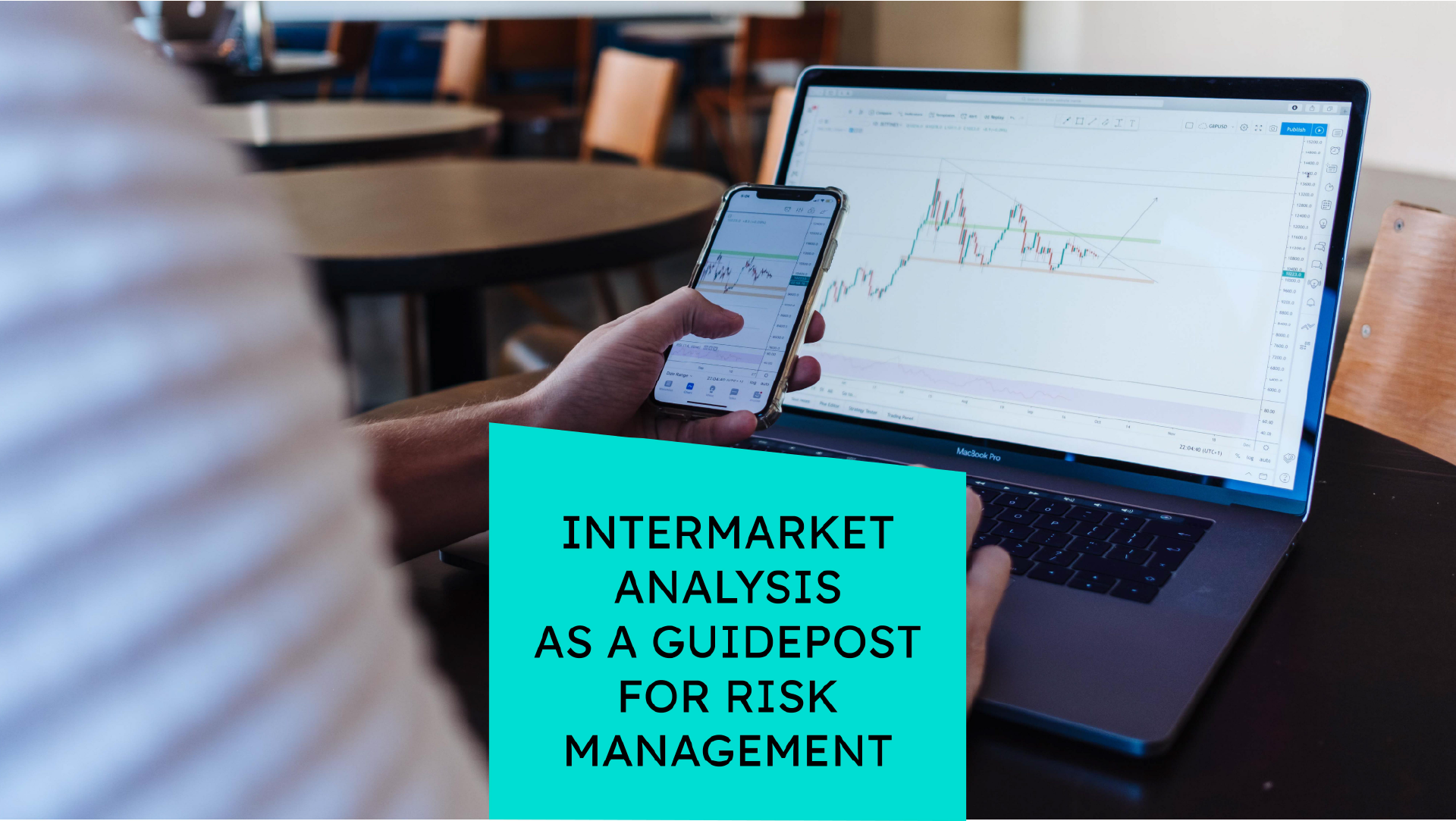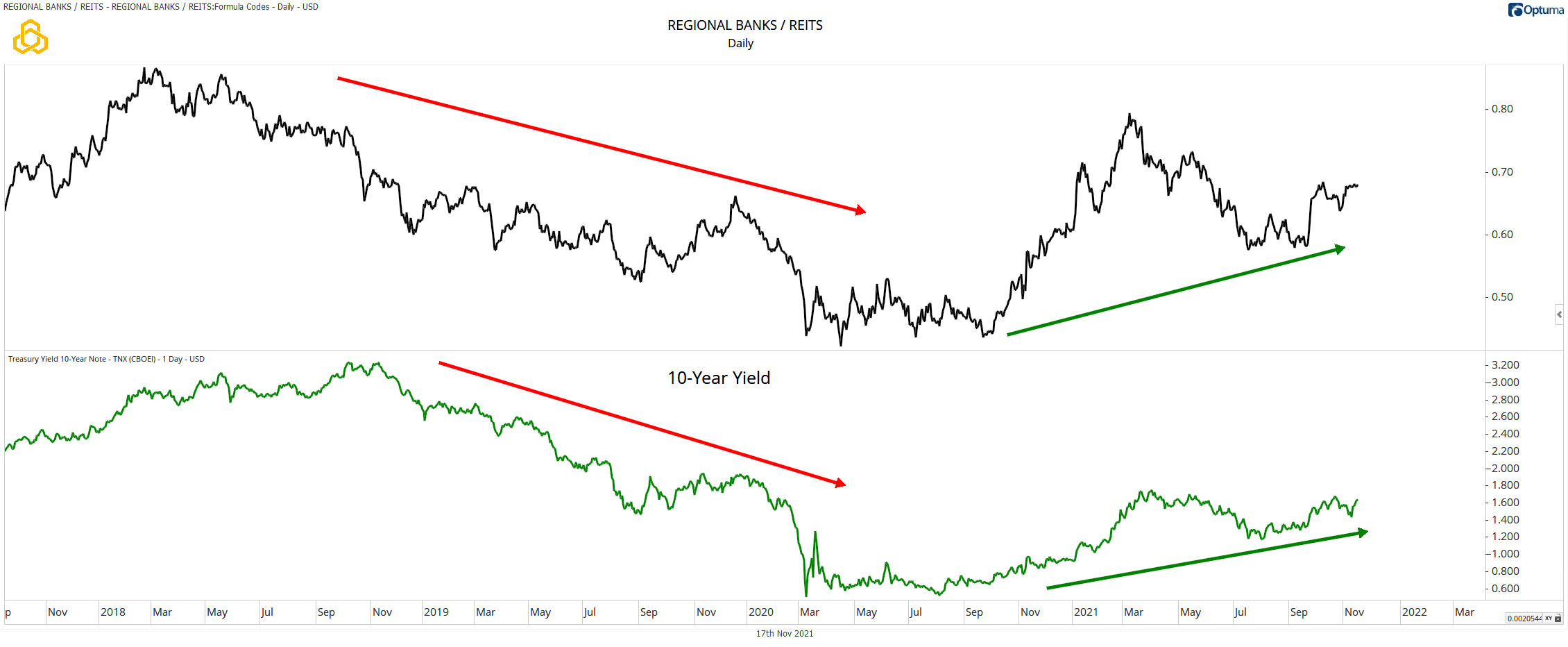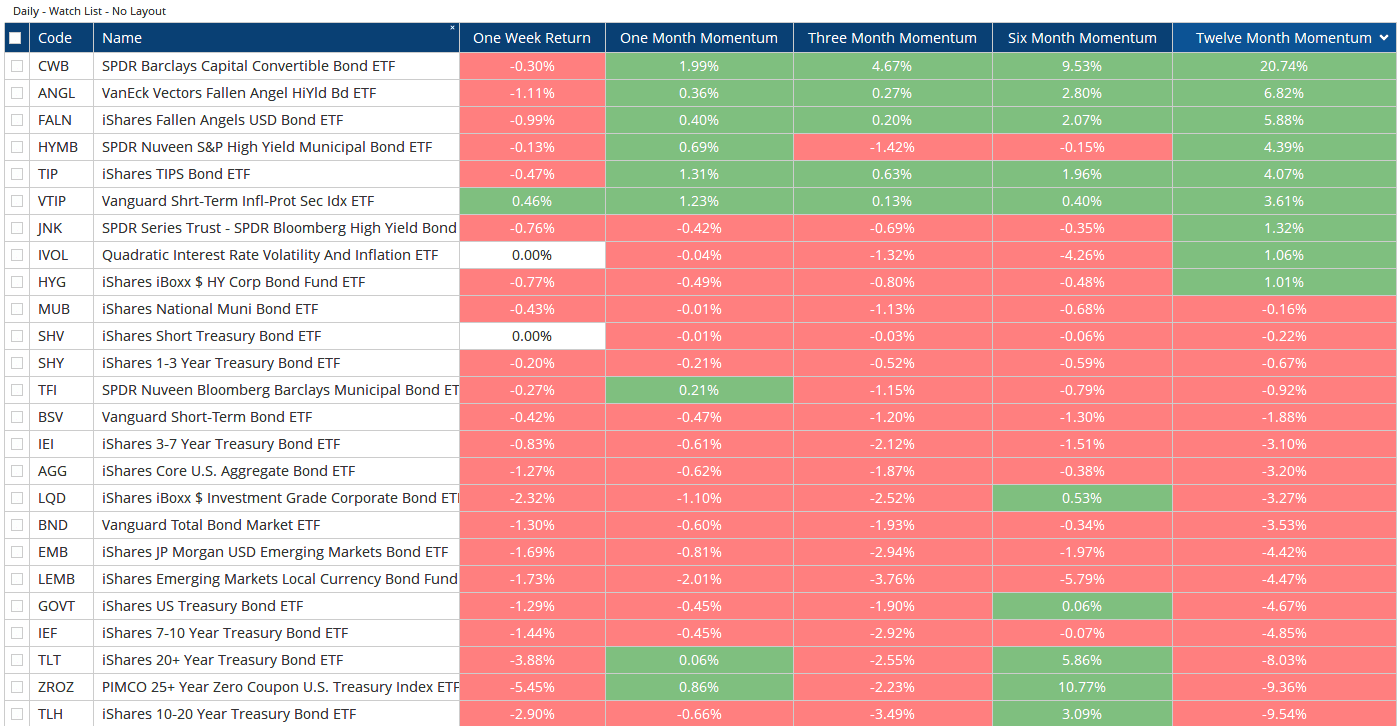
After more than 20 years in this industry, I’ve heard versions of this argument play out on more than one occasion. It usually goes something like this: “I don’t trade commodities; why should I care what is happening in the oil and gold markets?” “Bonds are for conservative investors and people who are getting ready to retire; I am young, aggressive, and only trade stocks.”
I thought the same way when I was a new clerk on the New York Stock Exchange trading floor. In the early days of familiarizing myself with market education, it didn’t occur to me that all markets could be interrelated and somehow connected.
After about a year on the trading floor, I was assigned to work with a market maker who traded American Depository Receipts (ADRs), stocks of foreign companies listed on a U.S. exchange.
While we worked together, we looked at a lot of other markets throughout the course of the trading day: we traded a mining company from Chile, so we watched copper prices; we traded a Brazilian bank, so we watched interest rates in Brazil; we traded stocks that also traded in their home countries, so we watched those individual markets and currencies.
While I didn’t recognize it at the time, we were performing Intermarket Analysis.
What Is Intermarket Analysis?
According to Investopedia, Intermarket Analysis is “the method of analyzing markets by examining the correlations between different asset classes.”
The concept of studying these different relationships has gained popularity thanks to books by John Murphy—you’re likely going to come across one if you’re an analyst who wants to obtain a designation in Technical Analysis.
Murphy lays out an argument that technical analysts need to broaden their focus to consider Intermarket correlations—underscoring that an analysis of the stock market without consideration of the existing trends in the dollar, bonds, and commodities is incomplete.
Key market relationships that Murphy highlights:
- The dollar and commodities tend to trend in opposite directions. Most commodities are priced and traded in the dollar around the world. So, a strong dollar is generally bearish for commodities as a group.
- Bond prices and commodities tend to trend in opposite directions. Bond prices tend to fall (rates rise) if investors are concerned about inflation. Many turn to hard assets like commodities to protect purchasing power.
- Bonds and stocks normally trend in the same direction. Generally, people own bonds when they want to be more conservative and own stocks when they want to take on more risk.
Where Can Intermarket Analysis be Applied?
One of my favorite areas to study to provide more clarity on what is happening in the equity markets is the commodity market. There is value in comparing commodities that are considered “risk-on,” such as Copper and Lumber, to one that is considered “risk-off,” such as Gold.
Even within the stock market, existing relationships can give us a better understanding of the probable path for interest rates.
Banks tend to like an environment of rising rates, while Real Estate favors falling rates. If banks are leading Real Estate, that may signal that interest rates will, or continue to, move higher. The chart below shows us the ratio of Regional Banks to REITs along with the 10-Year Yield.

If rates are, in fact, moving higher, what does that mean for “growth stocks” whose cash flows are further out in the future? Finance 101 tells us that discounting future cash flows at a higher interest rate leads to lower present values.
So, do rising rates lead to underperformance on the part of growth stocks relative to other factors such as value?
Even within an asset class, we can use the Intermarket concept to help us understand if a trend is likely to persist or if it may be nearing an end. Right now, within the S&P 500, the two best performing sectors over the past 12 months have been Energy and Financials. The two worst performing sectors have been Utilities and Consumer Staples.

Source: Optuma. Data as of 11/16/2021
The leaders are cyclical and tend to perform better when investors are in the mood to take on more risk. The two laggards are considered “defensive.” Investors tend to favor these groups when they are cautious about the market or the economy.
However, Intermarket Analysis tells us that we should not only focus on one market, right? Thankfully, we can check on the bond market to confirm if investors really are seeking more risk. Over the past 12 months, riskier parts of the credit markets have done better than their more conservative peers. The case can be made that investors are taking on more risk.

Source: Optuma. Data as of 11/16/2021
Relationships exist almost everywhere in the asset market—especially as the world has become much more connected, to ignore them would be a mistake.
Who Should Be Using Intermarket Analysis?
Anyone managing portfolios or allocating capital within asset models should have a basic understanding of the key relationships that tend to hold across markets. Investors who have a timeframe that is longer than a day or a week would be wise to add Intermarket Analysis to their process.
You may not trade commodities but knowing that the trend “oil is strong” may be an important data point in deciding if having an overweight position in the Energy sector of the equity market is a good idea. If you are trying to determine if you should trim your exposure to the financial sector, knowing the trend in interest rates and the shape of the yield curve may be helpful.
How Can We Enhance Intermarket Analysis to Make Better Decisions?
While many portfolio managers have accepted that Intermarket Analysis is an important part of the investment process, too many are still taking an extremely subjective approach. In the early days of technical analysis, analysts would simply look at a chart of commodities and bonds, or the dollar and commodities, and see that they tended to move in opposite directions.
However, we need to go further, and thankfully, the technological advances allow us to.
We can now see the degree to which these assets move in opposite directions and how those change over time. Perhaps more importantly, we can determine if the relationships, taken as gospel in the past, still exist. From there, we can develop trading signals and investment strategies based on certain criteria being met within them.
In short, we can begin to put data behind these old narratives.
You Now Have an Edge
Utilizing technology and data could provide an edge for professional investors who are willing to look past the superficial and subjective research produced by many analysts. Separating the signal from the noise within well-known relationships is the first step.
Uncovering new relationships as markets evolve will likely provide a bigger advantage to managers who adopt them ahead of the herd. Now that we’ve let you in on a vital part about what we do, be on the alert for future posts that look into some of the important Intermarket relationships we track to inform our views.
Disclosure: This information is prepared for general information only and should not be considered as individual investment advice nor as a solicitation to buy or offer to sell any securities. This material does not constitute any representation as to the suitability or appropriateness of any investment advisory program or security. Please visit our FULL DISCLOSURE page.
